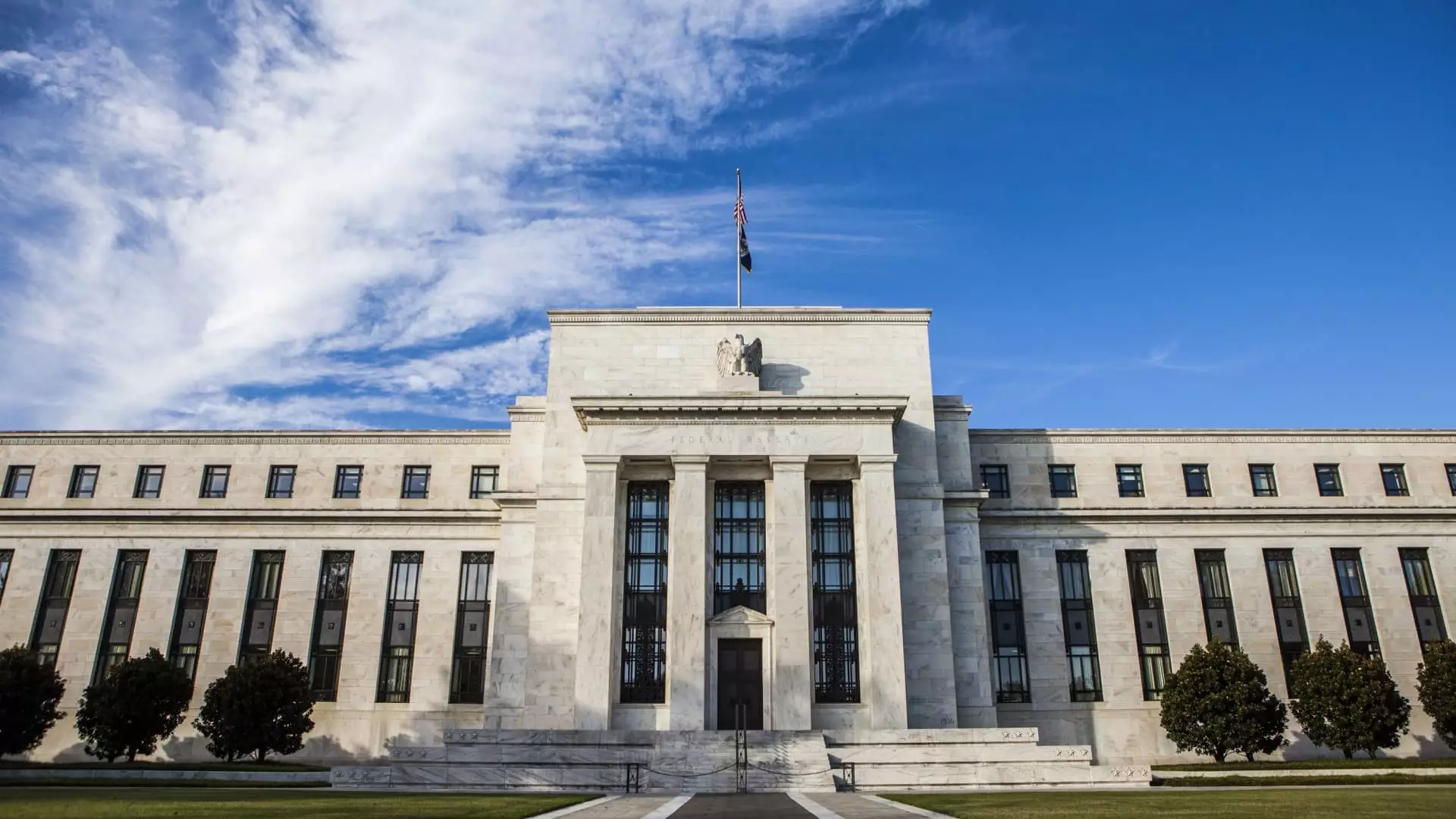In a striking development, major banking institutions are gearing up to challenge the Federal Reserve’s annual bank stress tests through a lawsuit, which is anticipated to be filed shortly. Insiders suggest that this legal action could materialize as early as Tuesday morning. The stress tests have become a cornerstone of banking regulations, compelling financial institutions to maintain substantial reserves to safeguard against potential loan defaults. These tests also play a crucial role in determining how much capital banks can return to shareholders via dividends and stock buybacks.
On the eve of this anticipated lawsuit, the Federal Reserve disclosed plans to modify the structure of the bank stress tests. Claiming the need for greater transparency, the Fed announced that it would solicit public opinions on what it labeled as “significant changes” aimed at refining the process. The reasoning behind these modifications stems from what the Fed described as an “evolving legal landscape,” which reflects changes in administrative laws observed in recent years. Despite the announcement’s implications, the Federal Reserve did not specify what adjustments would be made to the stress test framework, leaving banks in a state of uncertainty.
The banking sector’s reaction to the Federal Reserve’s announcement has been markedly mixed. On one hand, there is a sense of cautious optimism regarding potential reforms. The CEO of the Bank Policy Institute (BPI), Greg Baer—representing industry heavyweights such as JPMorgan, Citigroup, and Goldman Sachs—expressed support for the initiative. Baer described the announcement as a critical step toward improving transparency and accountability within the stress test process. However, he also indicated that further action might be necessary, suggesting that the bank representatives would scrutinize the proposed changes closely while contemplating additional measures for meaningful reform.
Despite the Federal Reserve’s intentions to enhance transparency, there are underlying concerns throughout the banking industry regarding the stress testing process. Organizations like the American Bankers Association and the BPI have historically criticized the opacity of the stress tests, arguing that they impose excessive capital requirements that impede banks’ ability to lend. This predicament poses a conundrum: while stricter capital cushions are necessary for financial stability, there is a growing consensus that they can stifle economic growth by limiting banks’ lending capabilities. The question remains whether the Fed’s modifications will adequately suffice to address these concerns or if they will serve merely as a band-aid solution.
As the banking sector braces for potential legal battles and the Federal Reserve’s response to public feedback, the outcome of this situation could have far-reaching implications for the financial landscape. The prospective lawsuit underscores a broader tension between regulatory bodies and major financial institutions, highlighting the ongoing need for a balanced approach to regulation that ensures both stability and growth. With the rapidly changing economic and legal contexts, it is imperative that both sides engage in constructive dialogue to navigate the complexities of banking regulation moving forward.

